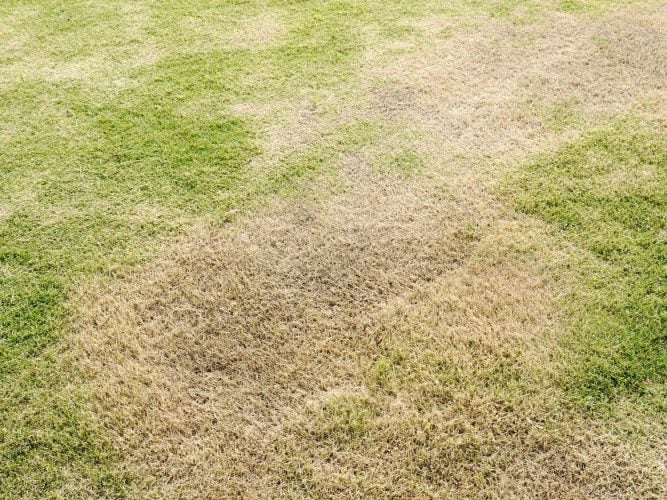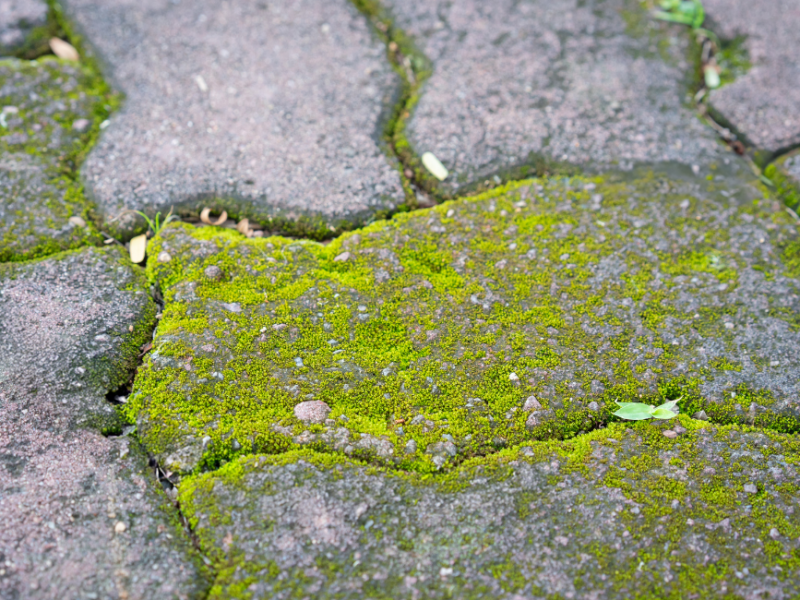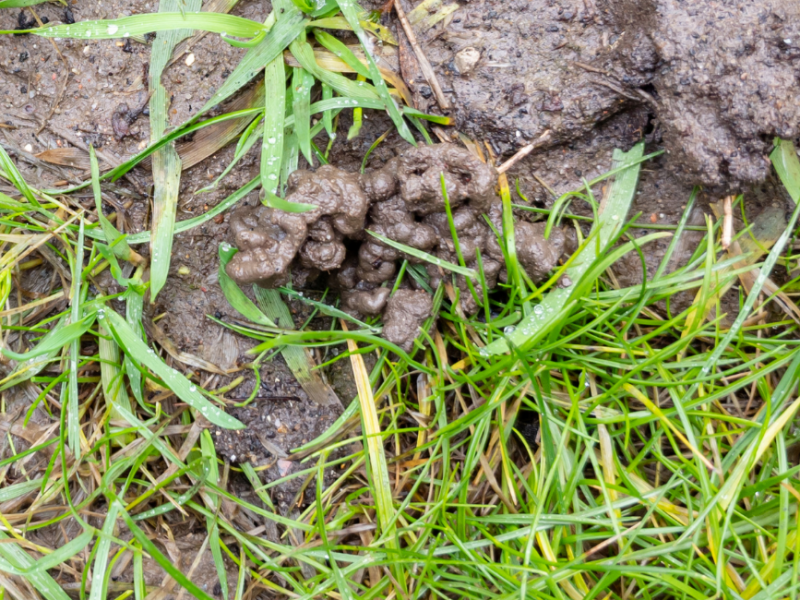Lawn thatch is a naturally occurring layer of dead and living lawn material that lies between the soil and the top level of the grass shoots. This can be made up of grass shoots, roots, leaves and moss. Some thatch is healthy and is part of the natural process of grass and your lawn growing and decaying. When grass is growing, it produces new roots, shoots and stems to replace the ones that have recently died. The older grass material then decomposes and gets broken down by natural organisms in the soil. As long as your grass is growing at the same rate as it is being decomposed, the level of thatch in your lawn should be healthy. A small level of thatch is required for a healthy lawn, as it builds resilience and strength in the grass. However, many things can happen that cause an imbalance in this process. This will then make the thatch too thick, which can in turn produce other issues for your lawn. Here we’ll describe the causes of lawn thatch and what can be done to rectify and prevent it.
Causes of Lawn Thatch
A thick layer of thatch can be caused when the grass is growing too quickly without giving the time for the older grass to break down. This might be due to weather conditions or an incorrect fertilisation treatment. Soil type can also play a factor here, as sand-based soils often contain minimal levels of microorganisms that are required to break down the organic matter. Lack of oxygen or too much water can similarly affect the microorganisms, as they need air and space to thrive.
You can identify that you have a thicker lawn thatch level by the way the lawn feels underfoot. If the grass feels spongy or soft, or you can see a thick brown layer at the edge of your lawn, then your thatch may need some assistance. Your local lawn care expert can also take a sample of your lawn to identify whether or not your thatch is at a healthy level.
Effects of Excessive Thatch
If your thatch has become too thick it can impede the health of your lawn. It can cause numerous issues, such as restricting oxygen and water to the soil and grass roots, and an increase in pests living in the thicker thatch. This can reduce the vigour and health of the grass, meaning your lawn won’t look at its best.
Preventing Lawn Thatch
There are a few routine actions you can take to ensure that your lawn thatch stays at a healthy level all year round. Regular hollow tine aeration will allow the soil to access the air and water it requires to keep a good level of organisms alive in the soil. Applying fertilisers correctly is also essential, which is why it is best to rely on a lawn expert to do the job. You should avoid over-watering as again that can damage the organisms in the soil.
Scarification for Thatch
The scarification machine used by Greensleeves Lawn Care has a series of sharp blades that rotate at high speed to cut into the grass vertically. This effective and intense treatment will thin out and remove excess thatch. Scarifying is best carried out when the grass is growing actively so that it can recover from this process. This is usually in the autumn through to spring time. It can be beneficial to add a fertiliser treatment after scarification as that will increase the speed of recovery for your lawn.





